I don’t think General Motors’ line of Chevrolet Express and GMC Savana vans will ever leave production. While many believe 29 years is too old for the body-on-frame utility vehicle to continue to exist, it’s pretty obvious at this point that it’s here to stay.
If you need further proof, look at GM’s latest decision to end production of its BrightDrop electric delivery van. This van was supposed to be the Express’s spiritual successor when it debuted in 2021, a commercial-oriented vehicle designed to work with businesses to get jobs done, like last-mile deliveries. With a bunch of useful tech and up to 303 range on tap, it was, on its surface, pretty promising. Our own Thomas Hundal even drove one back when it was called the Zevo 600, and loved it.
Yet GM has sold just 3,976 BrightDrops this year so far through the third quarter, compared with over 60,000 Express and Savana vans in the same period. Now, after just four years, Chevy is pulling the plug.
GM actually paused production of the BrightDrop at the Canadian Automotive Manufacturing Inc. (CAMI) assembly plant in Ontario earlier this year over low demand. That pause was supposed to be temporary, with production originally set to resume next month. But demand for the van never rematerialized, so the pause was made permanent. From GM:
The commercial electric delivery van market developed much slower than expected with the plant operating below capacity and production suspended since May 2025. A changing regulatory environment and the elimination of tax credits in the United States have made the business even more challenging. The decision is part of broader adjustments the company is making to North America EV capacity.
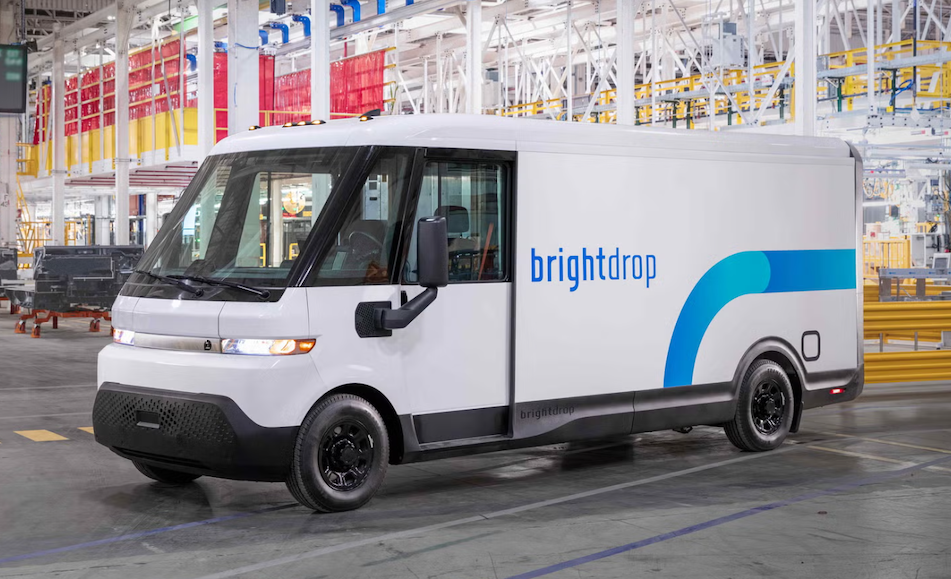
“The decision to end production of the BrightDrop electric delivery van is driven by market demand and in no way reflects the commitment and skill of our workforce at CAMI,” said Kristian Aquilina, president and managing director of GM Canada. “This continues to be an uncertain time for our workforce at CAMI, and we are committed to working closely with our employees, Unifor and the Canadian and Ontario governments as we evaluate next steps for the future of CAMI.”
With no other vehicles being built at the plant, GM intends to pay hourly employees six months of salary and “the potential for lump sum payments and other benefits.” The company says it’ll also assess the plant “for future opportunities.” Most recently, CAMI built the Equinox up until 2022. Before that, it built cars like the GMC Terrain and the Suzuki XL-7 (a badge-engineered Equinox), among other cars.
The move to end BrightDrop production comes just one week after Chevy announced it would be writing down $1.6 billion from its EV business over the disappearing tax credits, the reduction of emissions regulations, and the resulting contraction of demand. Basically, the company realized there was no way the market was going to want a near-$70,000 electric van for commercial use without some sort of government intervention. And now that those subsidies are disappearing, the BrightDrop is no longer a viable product.
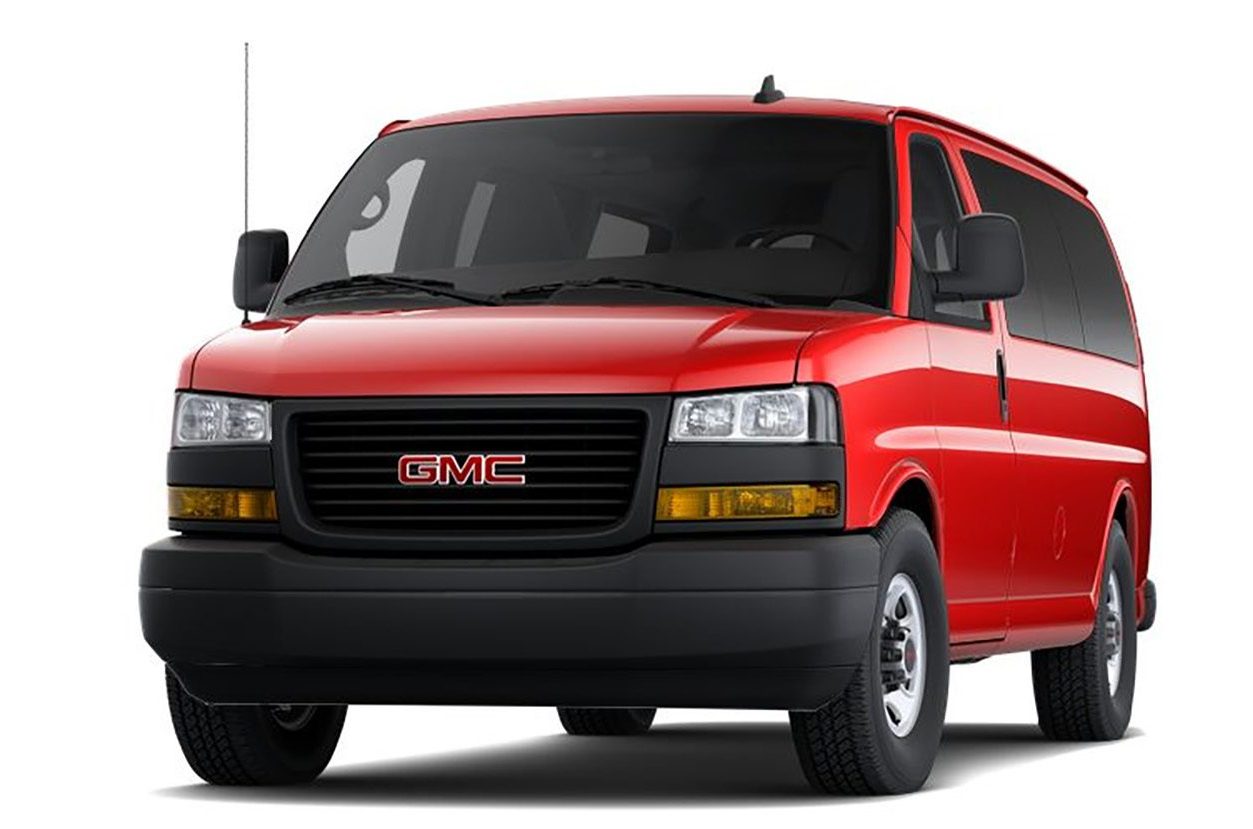
The Express and Savana vans, meanwhile, are in a perfect position to maintain their market share. Unlike the BrightDrop, these gas-powered GM vans are inexpensive, starting at just over $43,000. Because millions have been built and they’ve been around for decades, parts are cheap and plentiful. Plus, because they’re essentially just a ’90s body-on-frame truck underneath, anyone can fix them.
Further, the Express and Savana vans don’t really have any competition. Sure, the Ram ProMaster and the Ford Transit exist, but those are both unibody vehicles that can’t match the Express’s towing capacity. There’s the Mercedes Sprinter, but that’s more expensive to get into and to maintain. Ford actually still makes the Express van’s closest competitor, the E-Series, but it stopped building the passenger and cargo van versions, and now only offers them as stripped chassis or cutaway vehicles, where you have to bring your own back half:
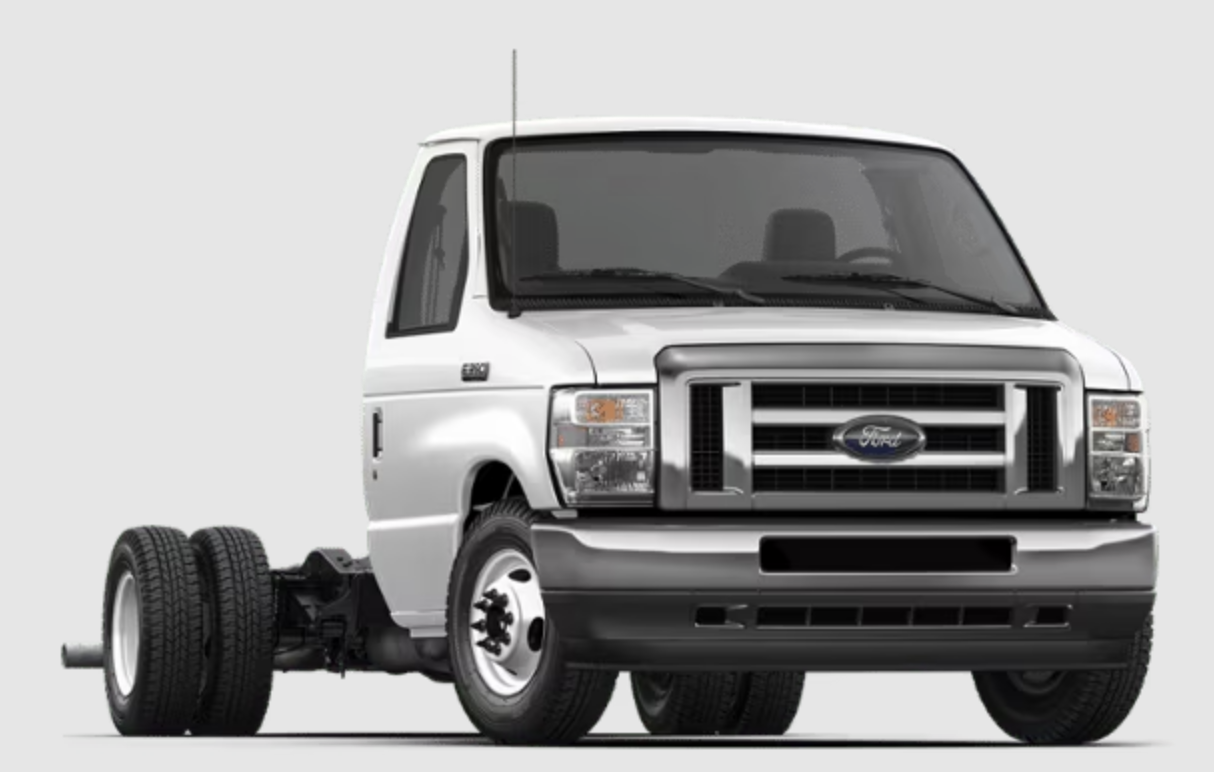
Sure, GM could invest a bunch into making a new Express and Savana, but there’s simply no reason to right now, especially as regulatory emissions pressures ease. So long as these vans can do the job, why mess with a good thing? The company clearly thinks the same way. Though a rumor from back in 2022 suggested the Express and Savana would be phased out of production, a Chevy spokesperson confirmed to me that the Express and Savana would return for the 2026 model year.
What of the rest of the electric van segment? Rivian continues to dominate the field, having sold nearly 7,000 units of its Commercial Van so far this year. Ford, meanwhile, has sold 4,604 units of its electric transit. Mercedes has sold just 495 electric Sprinters, though it went on sale just a couple of months ago. Ram sells an electric ProMaster, but it doesn’t share sales data by trim—I’m willing to bet its numbers are similar to Ford’s.
With any luck, the Express and Savana will outlive them all.
Top graphic image: Chevrolet

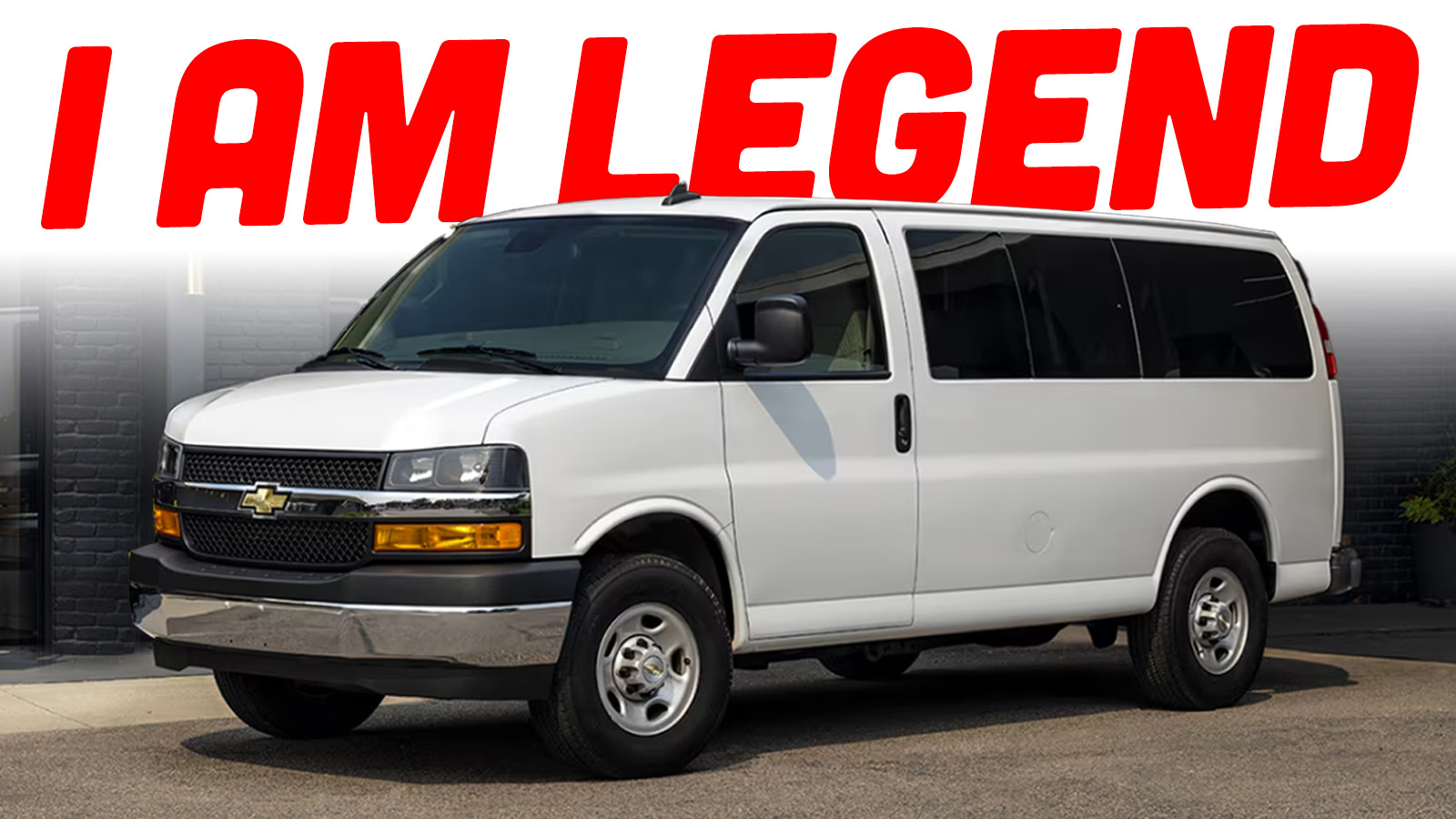




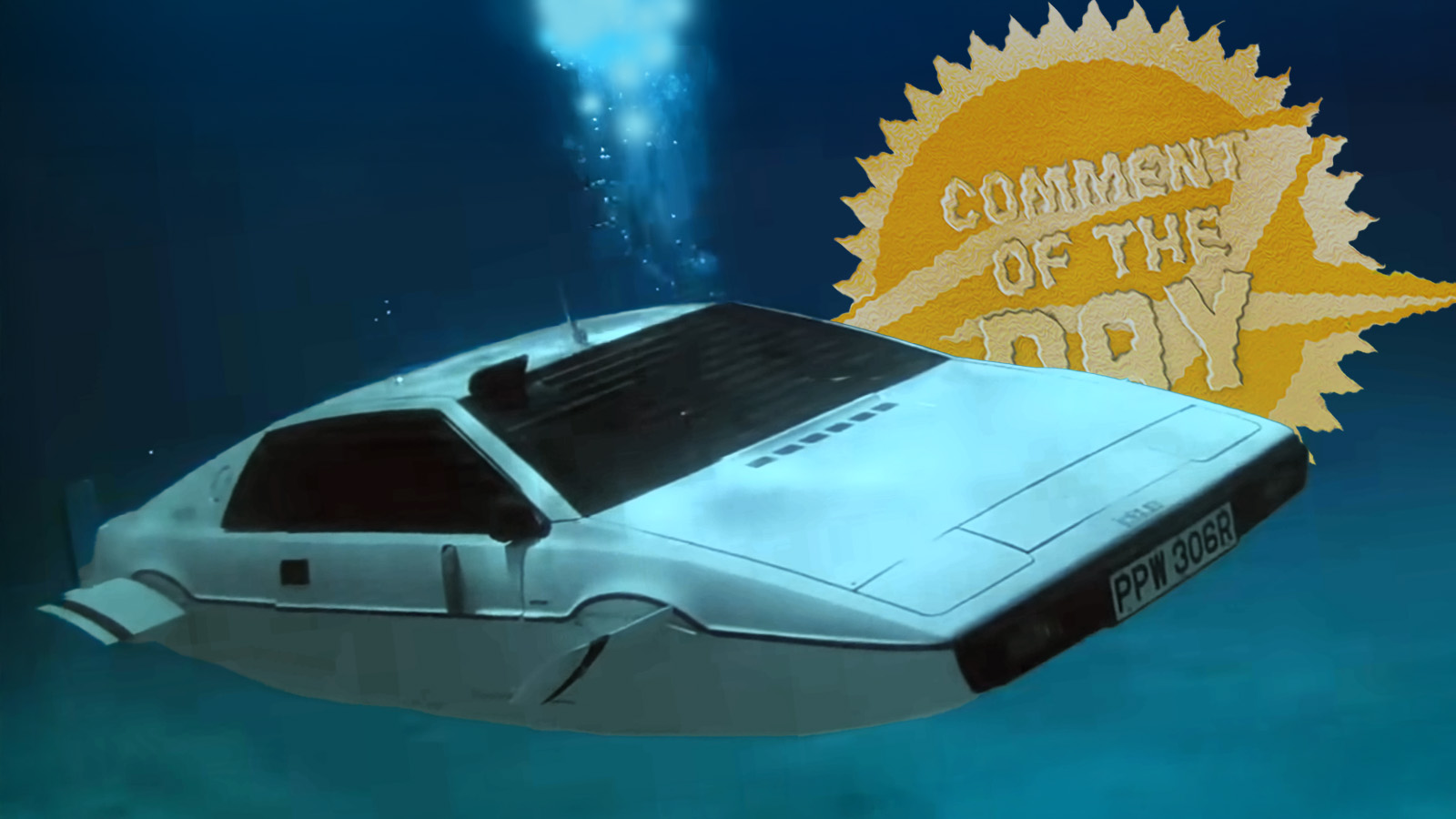


As a former Chevrolet dealership employee that dealt with a TON of commercial business, I can state that the market for these vans will never die. The fleet managers adore them for all the reasons stated above. They’re reliable, relatively cheap, easy to maintain and they’re a very known quantity.
I’d imagine you’ll see incremental updates, but they’ll be few and far between.
LONG LIVE THE EXPRESS!!!!
Everybody knows God’s Most Perfect Creation is the GM full size van.
The real news here is that THE TRANSIT IS UNIBODY? WHY DIDN’T ANYONE TELL ME THIS???
How did you not know it was unibody? From wiki:
I always assumed it was an f150 chassis.
Minus the back half of the frame, i too have always wondered why not use a truck frame, least the front half of it.
Make for less parts and likely stonger durability and payload.
I always thought it was a mis-step to make it a step van, rather than hinged doors. (I didn’t initially intend that, but I left it)
I’m guessing the sliding door is much cheaper to manufacture than a hinged door.
I’m pretty sure that you’re guessing wrong . . . It’s a $195 option on the Chevy website.
I believe he is talking about the sliding side pocket doors on the Brightrop electric step van. Pretty sure those are the only option considering even the RVs built on the Brightdrop have them.
Yes, the Express can be purchased with a sliding or hinged side door.
I rented a 2018 Savana-based U-haul (Single Rear Wheel) recently, and loved the comfy seat and peppy engine. Hated the itty bitty radio display. I would like to eventually get a passenger short wheelbase model, mainly for the full body glass, and pull out most of the rear seats for cargo flexibility. But oh, these things are pricey! Easy money for GM.
Older Express/Savana seem to command a good price in the used market. People like ’em!
They needed presale agreements with fleet operators. Rivian has that and then some with Amazon. Ford and Mercedes were able to get some with their Bev vans. They probably could have approached Walmart and gotten some sales in the books. I know several people in trades that love their express vans and some that pine for Astros. Maybe the Hyundai van will give them something close to that. They really had something with the Brightdrop they just didn’t do right by it with sales and marketing.
They did with FedEX for a test fleet. I’d say FedEx wasn’t impressed or they would have signed a contract for more of them.
I think those were just for a California fedex contractor. Most of FedEx last mile are ran by contactors that serve an area. I guess they could have tried to mandate evs by a certain time or give deals but other then requirements the have that they relax for some of their programs like home delivery they don’t really have a say in most of the FedEx vehicles you see.
One of the BrightDrop van’s bigger issues was that it was *too* capable. Very few delivery service / small business users need 300+ miles of daily range when they can park it and charge overnight after a third to half that.
Sure a 300mi range is a good idea for an RV but for last mile delivery, someone in the building trades, or a local gov’t fleet that is dragging around a lot of expensive extra weight that isn’t needed.
Dammit. I just started seeing one or two BrightDrops in person in Pennsylvania. They seem so cool.
I can’t wait for GM to absolutely regret this decision in ~10 years when this segment is suddenly very competitive. It would fit them, historically speaking.
re: Brightdrop. Long story short: I NEVER KNEW the BrightDrop actually went into production until I started seeing them 2 months ago at the dealership. I’m a car spotter that lives in Seattle, a hub of EVs. Most of our Amazons here are Rivians. I’m on my 3rd EV, a Bolt, and it’s part of my 5-car fleet. I LOVE EVs. THE MARKET EXISTS, but GM clearly failed gettting the word out on this one after the initial “it’s coming”. Maybe they didn’t want to sell it.
Well it was originally sold as the Bright Drop Zevo at dealerships that don’t seem to have ever existed. It was relatively recently that they became Chevy Bright Drops. Blade Chevrolet in Mt Vernon has had one sitting on the lot since late spring for much of the summer it had banner hanging on the side. Kendal in Marysville has had one out in the front line since at least mid summer and if I remember right 2 at one point, so maybe they have sold one. Blade did “go all out” in promoting it with a big banner hanging on the side so you could read it clearly when driving by on the freeway.
Me too – own/owned various EVs, enjoy the BrightDrop. I see the BrightDrop vans around the Bay Area as FedEx or DHL or some kind of delivery vehicle.
About 25 BrightDrops showed up at our local Amazon depot a few weeks ago. They have more than 100 Rivians.
I think the problem is that only Amazon is buying electric step vans and they originally partnered exclusively with Rivian.
If the van is a rockin’ don’t come a knockin’!
Hyundai Staria is rumored to appear as Chevrolet in the USA thru a GM Hyundai partnership. Staria and Express are very much opposites. Staria = futuristic Express = old school
Oh this is a good point, I had forgotten about that announcement. I wonder if this is more about clearing the deck for the Staria
I’m glad they keep making it. But build quality of the cargo versions is atrocious for the price they want for these.
They should improve things a bit after all these years.
It’s not much better than a UAZ-452 and I’m being serious.
Booger welds everywhere, near-zero rust protection, zero sound insulation from the factory, terrible paint quality.
Mine is a 2018 and it’s already rusting out.
I love that it is super simple and reliable though, parts are everywhere and also cheap that’s what matters the most for a commercial vehicle.
And to be fair, much more expensive Sprinters also rust out.
Visually build quality is similar to Buhanka, component quality is decades more advanced in Express.
Near zero rust protection, no sound insulation, and cheapest possible paint are all features from an automaker point of view. The sooner it rusts out the sooner it has to be replaced. If you aren’t in the rust belt, hopefully you’re so deaf from road noise you can’t hear the transmission before it grenades. Junk paint saves money and encourages the rust part. At this point it’s a captured market and defacto monopoly, so the customer can be treated as poorly as possible in exchange for profit.
The other vans are more expensive. You get what you pay for.
Sometimes you achieve a nirvanic ideal of something good, cheap, and durable enough that it just never really needs any major improvements. It appears to be the case with this van. Such things are good and I’m all for them. I hope they keep them around for decades. Sure, they may go to a 48 volt architecture or other advanced sub-systems, but I think the body on frame box with a grunty V8 and stout planetary transmission are one of those ideals that has been well proven.
It’s kinda funny to hear the Brightdrop is being discontinued: my local Chevy dealership has had quite the screw-ups the past 3ish years, and they just got a Brightdrop over the summer. They’ll probably never sell it!
Oh well.
I know I am biased, but I think the Express is probably one of the few vans that can rival Toyota’s Hiace in durability and reliability. A naturally aspirated Ford Transit and a Dodge Promaster come in close too, as long as they are maintained.
I have a gut feeling these vans will BE STILL AROUND in the 2030s (maybe even still rolling off the assembly line, who knows?). Basically, the van equivalent of the 70 series Land Cruiser. Rugged, tough and immensely reliable. A fresh generation would ALSO be welcome.
It does have its advantages- stronger truck like frame means it can tow 10k- I think the newer Hiace models while bigger (and which have a V6) probably handle max 7.5k to 8K- not really sure.
But the downside is the 10 mpg all the way. And bigger turning radius-pain to move. Both those were plus points with the older Hiace (still sold in Japan and some other countries, and is now 20 years old but still way more modern than the Express even THOUGH it has the same plastics).
They could however update the van. Namely, add a high roof version, and also bring back the AWD (let’s be honest- people would love having a go anywhere camper, correct). A 1500 version would be a lot more welcome too.
The one thing THEY HAVE TO IMPROVE is the paint quality (among others). That is a MAJOR issue. But I have seen older Hiace with peeling paint too in Thailand…in some photos.
The paint issue was a 00’s thing. The problem for Chevy is that they haven’t given the Express a facelift since 2003
Neat! I can keep living down by the river until I die
Still a few years before it beats the Ford Panther for body on frame longevity. Wish Ford didn’t kill it.
Body on frame midsize to fullsize Ford sedan is a product I wish they would build. Name is Falcon and offer 5.0 V8 and 2.3L 4 or 2.7L 6 powertrains. Base it on Ford Everest platform.
You all should go to the configurator for these. Out side temp. display is a $15 option. No touch screen and all knobs and buttons. I can’t believe this thing exists.
Plus, you can get a 400 HP 6.6 V8 in these.
Anyone that thinks these are old and should be retired don’t understand the market.
The fact that they haven’t changed in ages is a GOOD thing to commercial buyers. Replacement parts are infinite. Crews that are tasked with keeping a fleet of these going need to stock only so many parts since they don’t change. They are workhorses not a thoroughbred. Like crocodiles which essentially stopped evolving as they hit peak-predator levels. They have no real direct competition and they serve their niche perfectly.
They are boring and don’t change, just like Porsche 911s.
911s have changed a lot more than the Express ever did.
It does make me think that *if* one thought that electric vehicles were necessary for the common good, and therefore needed incentives to ease the transition, figuring out how to make the $$$ work for fleet owners was a missing step. I suspect it’s not just needing to make the money work, but also needing some stronger right to repair laws since so much of an EV is software defined and the automakers so far do not want to open that up, which makes fleet maintenance a non starter.
I’m seeing similar things in the electric school bus space—they incentivized building them, they incentivized charging them, but did not address fleet maintenance so many busses are sitting broken in the lot waiting for outside repair.
And just like the 911, it outlasted the vehicle intended to replace it.